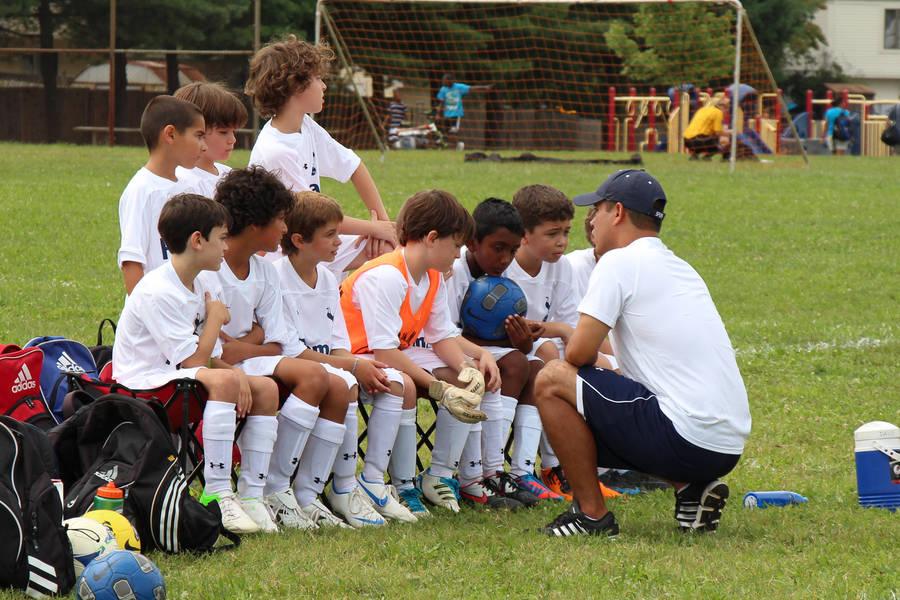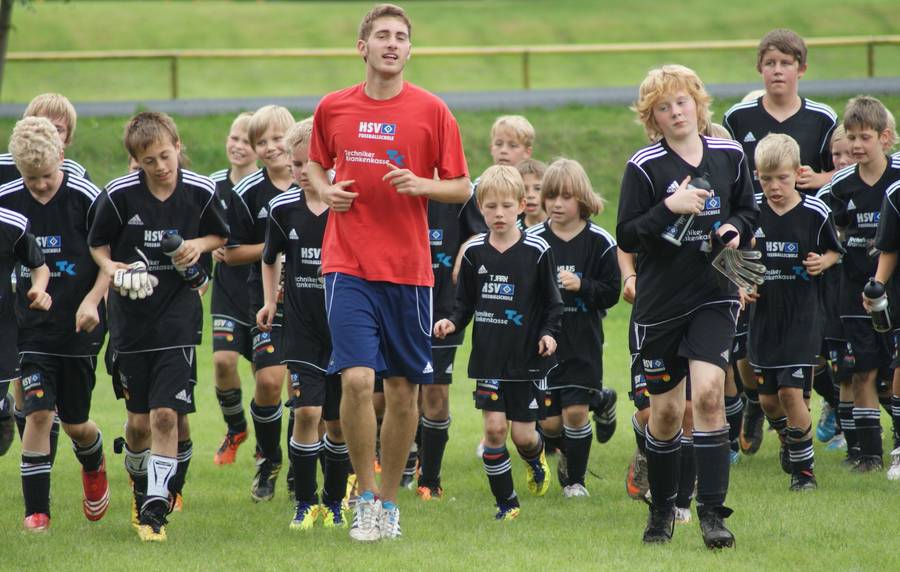
There’s no getting away from it, in the modern digital age social media has become an integral part of our daily lives. Its influence has extended deep within Grassroots Football at both Junior and Senior level. From team announcements to match highlights, social platforms offer interesting opportunities for engagement and community building. However, its use in Junior Football also presents challenges and limitations, particularly when it comes to safeguarding our young players.
Social media platforms like Facebook, Instagram, Twitter and TikTok can be powerful tools for Junior Football clubs when used thoughtfully and responsibly. They offer a direct line of communication with players, parents, and the wider community, enabling clubs to showcase themselves and share important information quickly and efficiently. Match schedules, training updates and last minute cancellations due to poor weather can all be shared instantly ensuring everyone stays informed.
But beyond practical communications, social media can also help develop a sense of community and belonging among team members. Sharing match results (at the right age groups), celebrating individual and team achievements and posting photos or videos of training sessions can boost morale and team spirit. It allows family members who may not always be able to attend matches to feel connected to a child's sporting journey. It can serve as a digital scrapbook, preserving memories and milestones for years to come.
From a recruitment perspective, social media can be an excellent way to attract new players to the club. Showcasing the team's ethos, facilities, and successes can entice young players and their parents to join. It can also be a valuable tool for fundraising efforts, helping to spread the word about upcoming events or sponsorship opportunities.
I think this is particularly true for amateur and semi-professional players in older age groups. In recent years, there's been a growing trend of players being attracted to clubs with a strong and active social media presence. For many young players looking to get a break in football, the prospect of increased visibility and exposure can be extremely appealing. Clubs that regularly showcase their players' skills, match highlights and even training sessions on platforms like Instagram or TikTok can find themselves with a competitive edge in attracting talent.
This digital showcase can serve as a virtual shop window for clubs looking for promising players. For senior amateur and semi-professional players, having their performances regularly featured on a club's social media could potentially open doors to higher levels of play. It offers them a platform to build a personal brand and gain recognition beyond their local community. However, this trend raises important questions about the pressure it may place on young players and the potential to prioritise social media friendly skills over overall player development. There is a delicate balance for clubs between leveraging social media for player promotion and maintaining focus on nurturing well rounded players. They also must be mindful of creating unrealistic expectations or having an environment where players feel constantly under the spotlight. As with all aspects of social media use, the key lies in thoughtful implementation that prioritises player wellbeing and long term development over short term visibility.
We’re bombarded in the news with stories of the unhealthy impact of social media on young people and we know all too well that its use in Junior Football is not without its drawbacks. The most significant concern is undoubtedly safeguarding. Young players are vulnerable and their safety and privacy must be the absolute top priority. Sharing photos, videos or personal information about minors on public platforms can pose serious risks and needs to be managed very carefully. Parental permission has to be sought in writing before photos or videos are shared and personal details have to be masked. There's also the potential for cyberbullying or inappropriate contact from individuals outside the club, which have to be guarded against at all times.
Another drawback is the potential for social media to create or exacerbate feelings of exclusion or favouritism. If certain players are featured more prominently or more frequently than others, it can lead to resentment or decreased self-esteem among those who feel overlooked. There's also a risk
of over emphasising results and individual performances, which is sometimes unhealthy and can increase pressure on young players and detract from their enjoyment and the developmental aspects of junior football.
The time and resources required to maintain an effective social media presence can be a significant burden for volunteer run clubs. Keeping content fresh, responding to messages, and moderating comments all take time that could potentially be better spent on coaching or other club activities.
Given these challenges, it's crucial to establish clear guidelines and limitations for social media use in Junior Football. The Football Association provides comprehensive safeguarding policies that should form the foundation of any club's approach to social media. As mentioned, these include obtaining parental consent before sharing any images or information about young players, avoiding the use of players' full names in posts, and never engaging in one-to-one communication with players via social media.
Clubs should also have a clear social media policy that outlines acceptable use for coaches, players, and parents. This might include guidelines on appropriate content, rules about tagging or identifying players and procedures for reporting concerns. It's wise to designate specific individuals to manage the club's social media accounts, ensuring consistent messaging and proper oversight.
Education is also key. Both players and parents should be informed about the potential risks of social media use and how to navigate online spaces safely. This could include explainers on privacy settings, recognising and reporting inappropriate behaviour and understanding the long term implications of what they post online.
The use of Social media generally is only going to go one way and there’s no reason to suspect that Junior Grassroots Football will escape. Social media is really a double edged sword. Its potential to connect, inform and inspire is significant, but so too are the risks it poses to young players' safety and wellbeing. By implementing clear policies, prioritising safeguarding, and educating all the relevant stakeholders, clubs can harness the power of social media while mitigating against its dangers. Even as a Generation X sceptic I can see that with careful management and a commitment to putting young players and their safety first, social media can be a force for good in junior football.


















